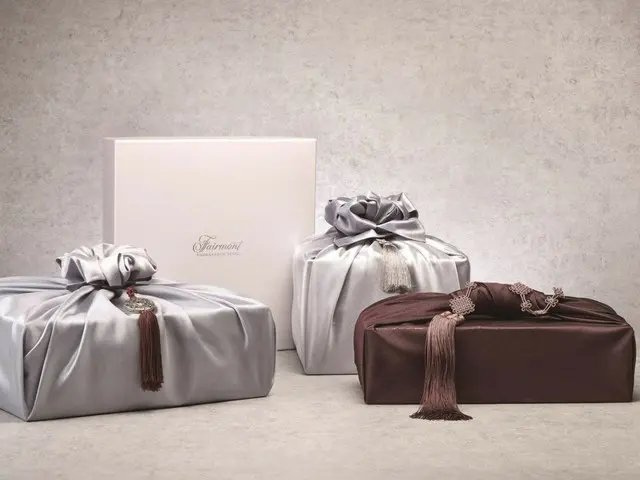It was found that cash and gift certificates (49.4%) are preferred as gifts for the evening. This survey result was the same as 20 years ago. In particular, the gift preferences of parents who have children who are employed or independent.
In this year's survey, the second most popular answer was a fruit set (23.2%), and the third most popular answer was no gift at all (21.7%), drawing attention.
This is because more and more people are viewing it as a kind of empty formality. This is followed by functional health foods (20.5%), meat sets (15.9%), processed food sets (8.8%), and traditional food sets (7.6%).
The most common gift budget this year was 100,000-290,000 won (approximately 10,000-29,000 yen) (31.7%), followed by 300,000-490,000 won (approximately 30,000-49,000 yen).
(22.2%), less than 100,000 won (20.0%), 500,000 to 990,000 won (approximately 50,000 to 99,000 yen) (15.5%), 1,000,000 to 1,490,000 won (approximately 100,000 to 149,000 yen)
(6.0%), and 1.5 million won (approximately 150,000 yen) or more (4.6%). Compared to last year, the proportion of those in the mid-range budget range (100,000 to 490,000 won) decreased by 1.7%, while those in the 1 million won or more range decreased by 1.7%.
The percentage of people who gave expensive gifts rose from 6.8% last year to 10.6% this year, showing a polarized trend. When asked how to prepare food for a mid-autumn celebration, the most common answer was "I will buy the ingredients myself and cook it," at 34.1%.
This was followed by "I buy some food and cook some" (33.7%). This was followed by "I don't prepare anything" (21.8%), "I use meal kits" (4.3%), and "I buy everything and have it delivered" (4.2%).
%) and "other" (1.9%). By generation, only 23.5% of those in their 20s and 24.5% of those in their 30s answered that they cook directly, while the same percentages of those in their 50s (41.5%) and 60s (50.5%) answered the same.
Nearly half of the respondents answered that they cook directly, with a large difference between generations. The survey on price perceptions for this year's mid-autumn celebration revealed a striking distribution of results. 24.9% said that prices had "risen significantly," and 10.9% said that prices had "risen more than last year."
47.8% said "It was similar to last year," 14.6% said "It was similar to last year," 10.5% said "I'm not sure," and 2.2% said "It was lower than last year."
In particular, 31% of people in their 60s said that prices had risen significantly, indicating that the older the age group, the greater the burden they feel on prices of living.
On the other hand, 14.5% of people in their 20s were "not sure," which was more than any other generation, revealing a difference in perceptions of prices during the mid-autumn celebration.
2025/10/01 11:59 KST
Copyrights(C) Herald wowkorea.jp 85

